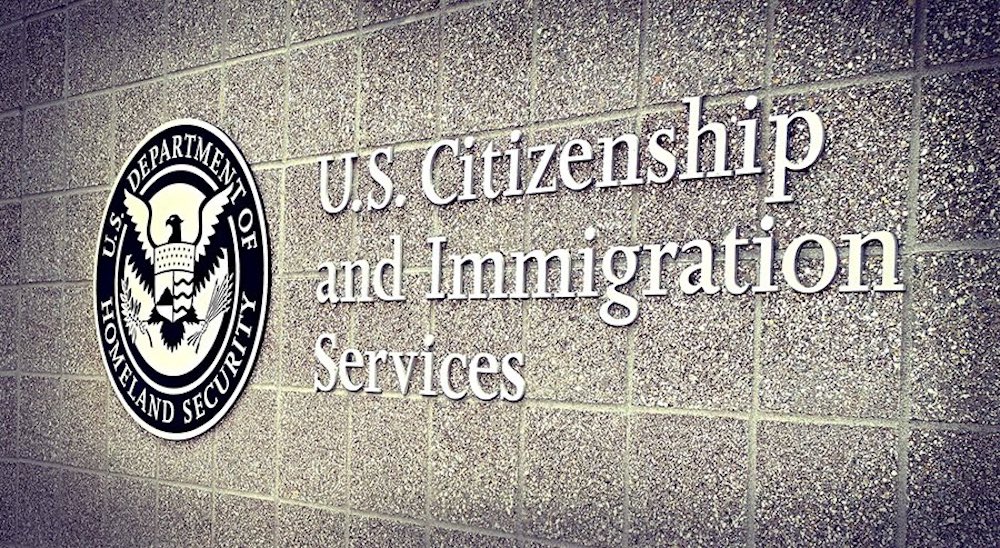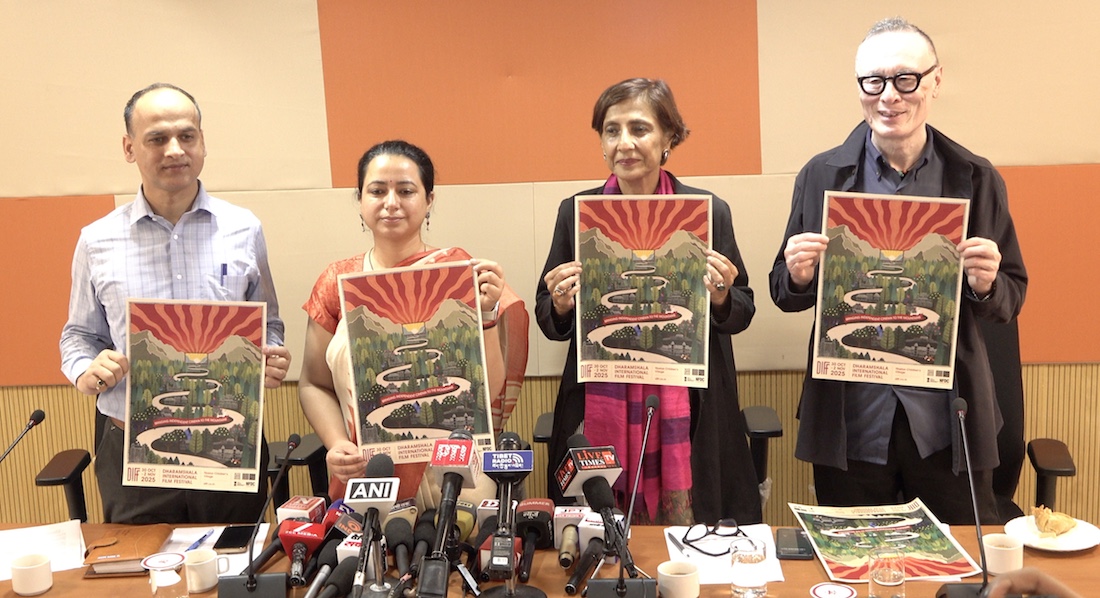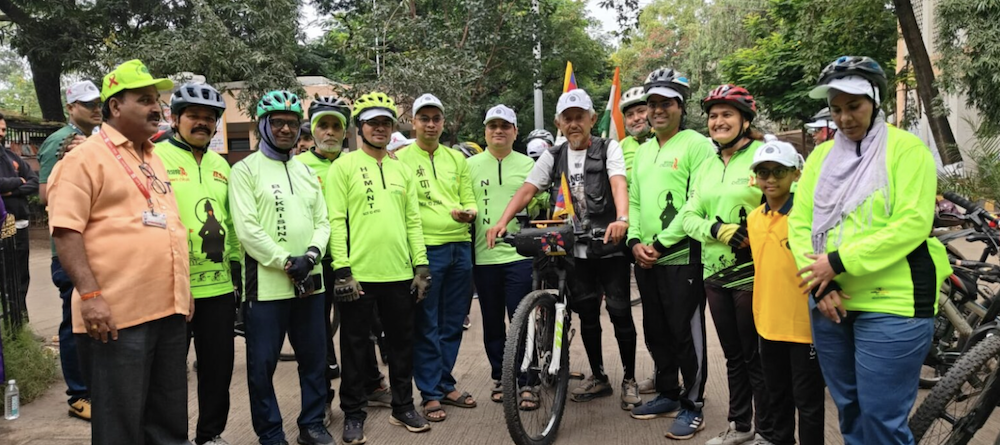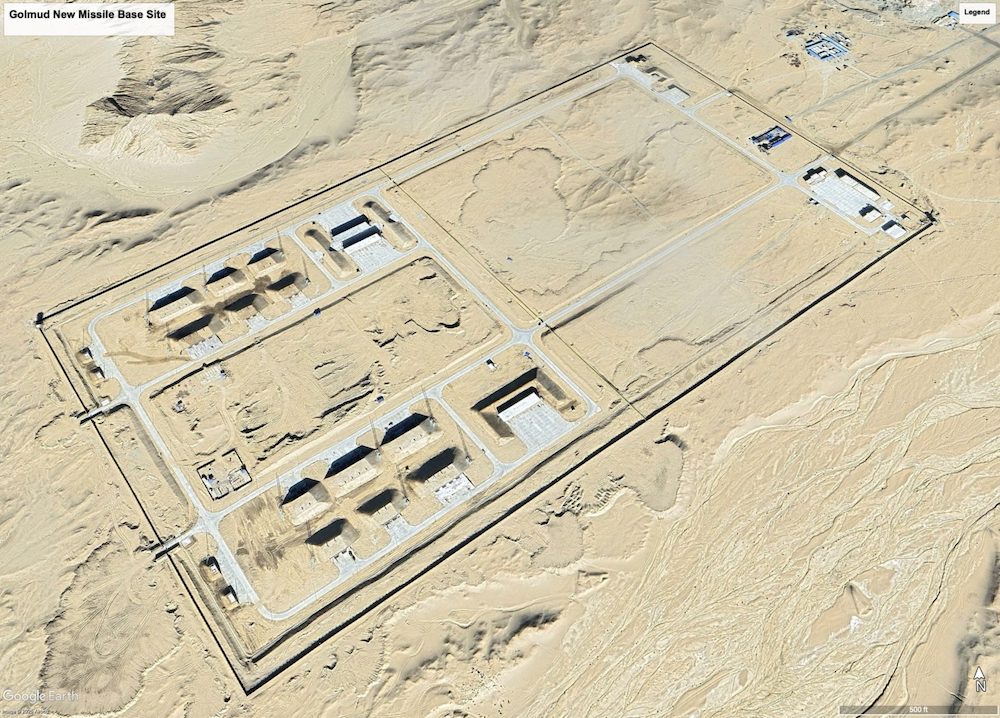By JEREMY COPELAND:
The Dalai Lama will be in Canada soon (from April 17 to May 6), raising support for his campaign to save Tibet, but one of the heroes of the freedom struggle fears His Holiness has already lost the fight.
 Lhasang Tsering has spent most of his life fighting to free Tibet. His enthusiasm, dedication and leadership made him a hero to a generation of Tibetans, but he’s now lost almost all hope his homeland will ever be free.
Lhasang Tsering has spent most of his life fighting to free Tibet. His enthusiasm, dedication and leadership made him a hero to a generation of Tibetans, but he’s now lost almost all hope his homeland will ever be free.
“The deprivation of our freedom and the occupation of our land has been the greatest pain and sorrow in my life,” Lhasang says.
I met him at the small bookstore he owns in Dharamsala in the Himalayas in northern India. On the window of the Bookworm, there’s a sticker that announces the store doesn’t sell products made in China. Inside, one wall is lined with books about Tibetan culture, religion and history.
Dharamsala is the base of Tibet’s government in exile. The town is also home to the Dalai Lama and more than 10,000 Tibetans living in exile. Buddhist monks in traditional red robes and other Tibetans share the town’s narrow streets with Indians and Western travellers.
Chinese forces marched into Tibet in 1949. Ten years later, Tibetans launched a revolt against Beijing’s rule. The uprising was crushed and thousands of Tibetans were killed. Lhasang was just seven when his parents and about 80,000 Tibetans followed the Dalai Lama as he escaped over the mountains to India.
Tibetans say Tibet was an independent country before 1949 and accuse China of trying to destroy their culture and religion. Beijing says Tibet has always been part of China.
 Lhasang was offered a scholarship to study medicine in the United States when he was 20. He turned it down to join a CIA-trained group of Tibetan fighters based in Nepal who launched attacks against Chinese forces inside Tibet.
Lhasang was offered a scholarship to study medicine in the United States when he was 20. He turned it down to join a CIA-trained group of Tibetan fighters based in Nepal who launched attacks against Chinese forces inside Tibet.
In 1974, the Dalai Lama asked the Tibetan fighters to give up their weapons. That was the first time Lhasang felt betrayed by the Dalai Lama, but not the last.
“When His Holiness sent the taped message calling on the resistance fighters to surrender their weapons, many of them committed suicide.” Lhasang recalls and then pauses to collect himself.
“They couldn’t go against His Holiness, but they could not surrender the struggle. Death was the only way out.”
 Lhasang remains critical of the Dalai Lama’s call for a non-violent struggle against China. “For me it is totally unfair to call upon a weak and helpless people not to exercise their right to defend themselves.”
Lhasang remains critical of the Dalai Lama’s call for a non-violent struggle against China. “For me it is totally unfair to call upon a weak and helpless people not to exercise their right to defend themselves.”
Lhasang moved to Dharamsala and led the fight for Tibet from exile. While he was president of the biggest and most influential Tibetan organization in exile, the Tibetan Youth Congress, Lhasang lost what faith he had left in the Dalai Lama’s leadership.
In 1988, the Dalai Lama proposed his “Middle-Way-Approach” to end the impasse with China. His Holiness offered to give up Tibet’s claim to independence if Beijing would grant Tibetans autonomy or self-rule. China said this was a ploy by the Dalai Lama to try to build support for independence.
The following year, the Dalai Lama was awarded the Nobel Peace Prize, but Lhasang says giving up Tibet’s claim to independence amounted to surrender. He says after that, many Tibetans lost the will to fight.
“You can’t motivate people to fight for autonomy. Until independence is restored as the goal of the struggle there is nothing else.”
 I was surprised to learn that Lhasang is only 52. He looks healthy and fit, but listening to him talk led me to believe he was much older. When he speaks about the past he’s filled with passion and purpose. When he talks about the future he sounds deflated and defeated.
I was surprised to learn that Lhasang is only 52. He looks healthy and fit, but listening to him talk led me to believe he was much older. When he speaks about the past he’s filled with passion and purpose. When he talks about the future he sounds deflated and defeated.
Lhasang and many other Tibetans believe time is running out for Tibet. Millions of Chinese migrants have moved there and it’s reached the point where there are more Chinese in Tibet than Tibetans.
Lhasang is desperate to see Tibetans stand up and fight for their homeland, either through peaceful or non-peaceful means, but he says the Dalai Lama’s non-violent struggle has become one of non-action.
“Everyday while we are praying for world peace, there’s more and more and more Chinese moving in. Soon there will be so many Chinese in Tibet we will have reached the point of no return. The hope for Tibetans ever regaining a Tibet for Tibetans will be lost.”
There are more than 100,000 Tibetans living in exile. Most are in India and Nepal, but there are also small communities in Canada, the U.S. and Switzerland. Many in the exile community have never seen Tibet.
Lhasang’s parents died in exile, but he says he won’t die in a foreign land.
 “These days I’m increasingly thinking of exercising my last option, which is a promise I made to myself long ago, that if I cannot contribute to freeing Tibet, then I have promised myself that I will at least die in Tibet. I will return the salt of my body to the soil that gave me birth.”
“These days I’m increasingly thinking of exercising my last option, which is a promise I made to myself long ago, that if I cannot contribute to freeing Tibet, then I have promised myself that I will at least die in Tibet. I will return the salt of my body to the soil that gave me birth.”
Lhasang has all but packed his bags. The bookstore and Lhasang’s bank account are in his wife’s name. He has warned her and their children that he may leave any day.
“Since the call for freedom is not going to come, then the final promise for me may happen very soon, sooner than I may know myself.”









